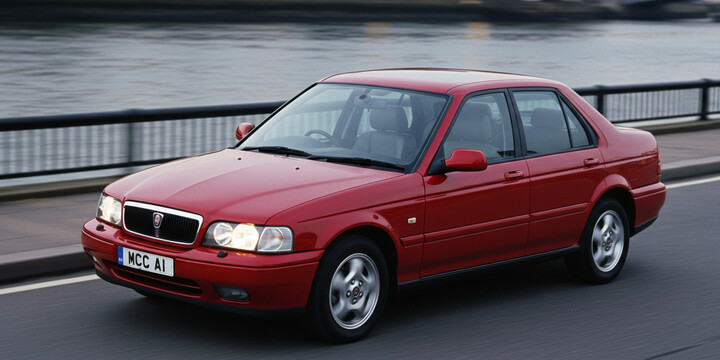
ROVER 75 (1999-05) 5DR TOURER 2.0 CDT CLASSIC
The ROVER 75 (1999-05) 5DR TOURER 2.0 CDT CLASSIC is a stylish and practical estate car that offers a blend of comfort, space, and classic British design. Known for its refined interior and smooth driving experience, this model is well-suited to families or those needing extra boot space for daily errands or long trips. As a diesel variant, it balances decent fuel economy with reliable performance, making it a popular choice among drivers looking for a comfortable and dependable estate car that stands out in the used car market.
What makes the ROVER 75 Tourer 2.0 CDT Classic notable is its elegant design combined with a reputation for comfort and quality. It’s often appreciated for its smooth ride, sturdy build, and spacious interior. Compared to similar estate cars of its era, the ROVER 75 is highlighted for its classic styling and refined driving feel. With an average mileage around 157,000 miles and typically owned by about 3 to 4 previous owners, it remains an attractive option for buyers seeking a well-rounded used vehicle. If you’re searching for a stylish, reliable estate car with a touch of British luxury, the ROVER 75 (1999-05) 5DR TOURER 2.0 CDT CLASSIC is worth considering.

average use
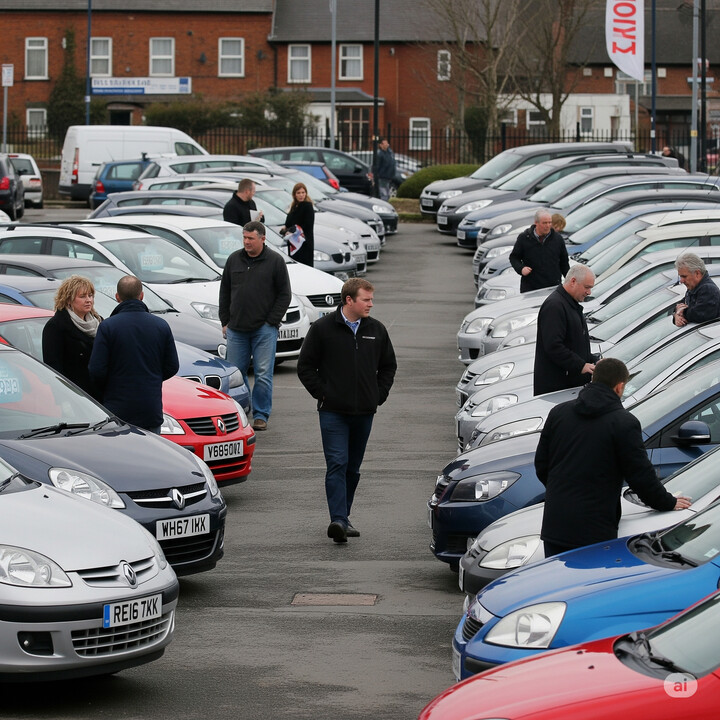
The most recent mileage data for the Rover 75 (1999-05) 5DR Tourer 2.0 CDT Classic indicates that there is an even distribution across three mileage ranges: 110,000 to 120,000 miles, 160,000 to 170,000 miles, and 230,000 to 240,000 miles, each accounting for approximately one-third (33.3%) of recorded readings. This pattern suggests a diverse usage history for these vehicles, with no single mileage range dominating. It highlights that Rover 75s of this model are found across a wide spectrum of mileages, from relatively moderate to quite high, which could be relevant for assessing condition or value.

vehicle values
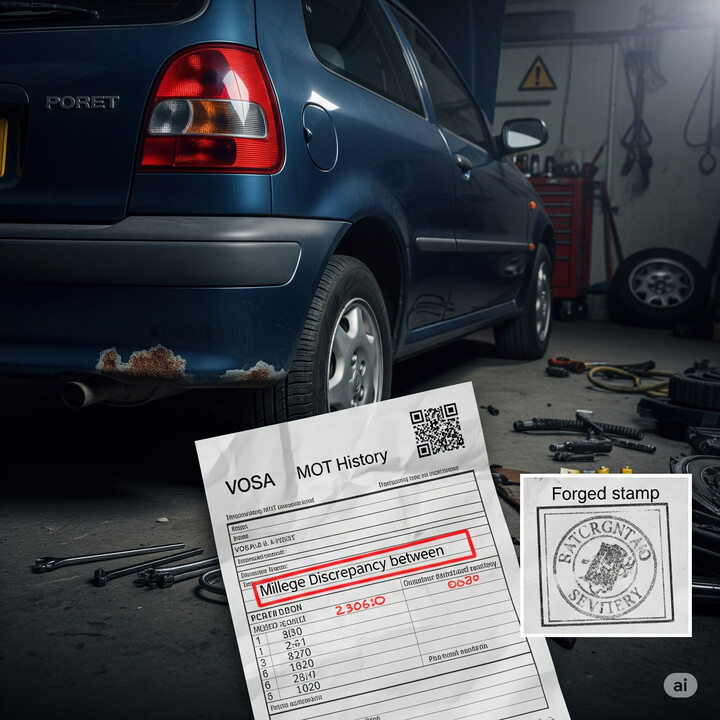
The data indicates that the estimated private sale price for a ROVER 75 (1999-05) 5DR TOURER 2.0 CDT CLASSIC is predominantly within the range of 0 to 1000 UK pounds, representing 100% of the valuation sample. This suggests that, based on the available data, the typical private sale value for this model is quite low, potentially reflecting its age, condition, or market demand. It highlights that these vehicles are generally considered to have modest resale values in the private market.

production years
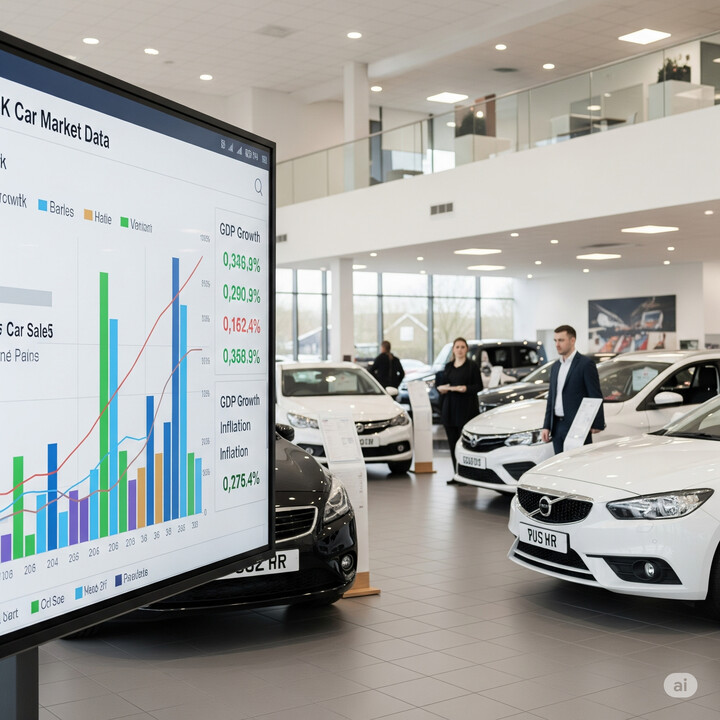
The data indicates that the majority of Rover 75 (1999-05) 5DR Tourer 2.0 CDT Classic vehicles within the sample were manufactured in 2002, accounting for approximately 66.7%. A smaller portion, 33.3%, were produced in 2003. This suggests that most of these models on the road are from 2002, highlighting that the earliest models are somewhat older, and that the 2002 models dominate the current vehicle population within this sample.

colour popularity
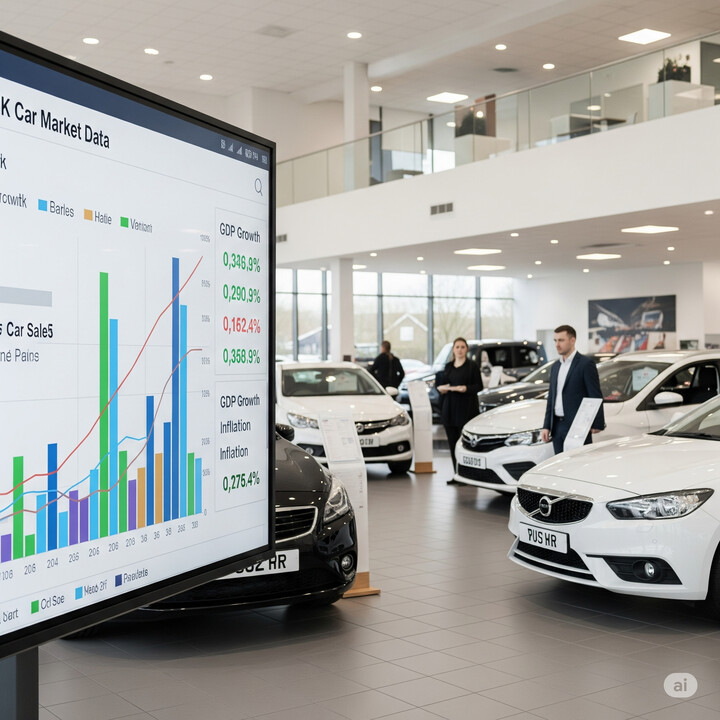
The data indicates that among the sampled Rover 75 (1999-05) 5DR Tourer 2.0 CDT Classic vehicles, blue is the predominant main paint colour, accounting for approximately 66.7% of vehicles. Red is significantly less common, representing about 33.3%. This suggests that blue was the favored colour choice during this model's production period, possibly reflecting aesthetic trends or manufacturer preferences at the time.

ownership cycle
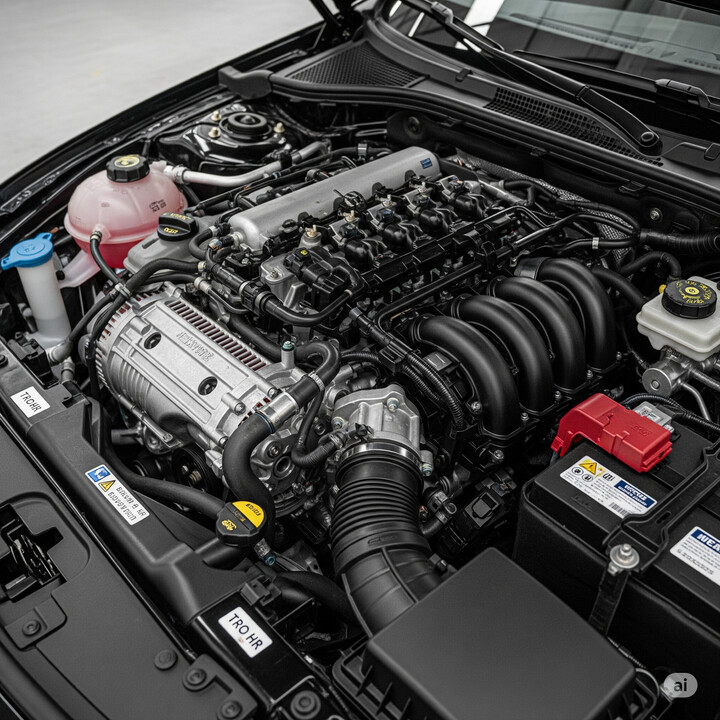
The data indicates that for the Rover 75 (1999-05) 5DR Tourer 2.0 CDT Classic, the majority of vehicles—66.7%—have had four registered keepers. The remaining 33.3% have had seven registered keepers. This suggests that most vehicles in this sample tend to stay with their original or early owners, while a smaller proportion experience more frequent ownership changes. The distribution points to a relatively stable ownership pattern for the majority, but with some vehicles changing hands multiple times over their lifespan.

engine choices

The data indicates that all ROVER 75 5DR TOURER 2.0 CDT CLASSIC vehicles from 1999-2005 analyzed are equipped with a 1951cc engine, and every vehicle uses diesel as its primary fuel. This suggests a consistent engine size and fuel type across the entire sample, highlighting standardization in this model’s specifications.












